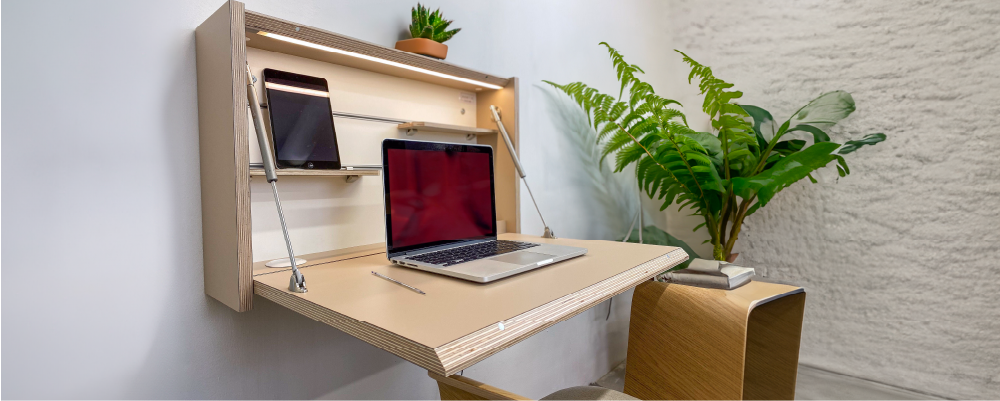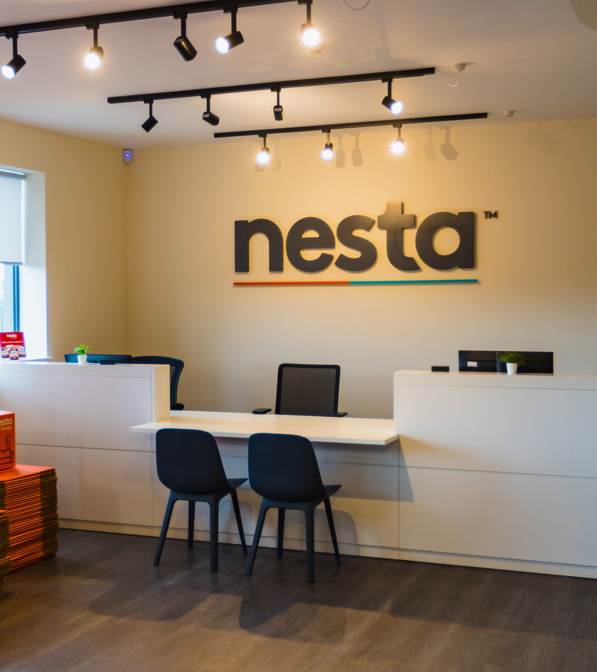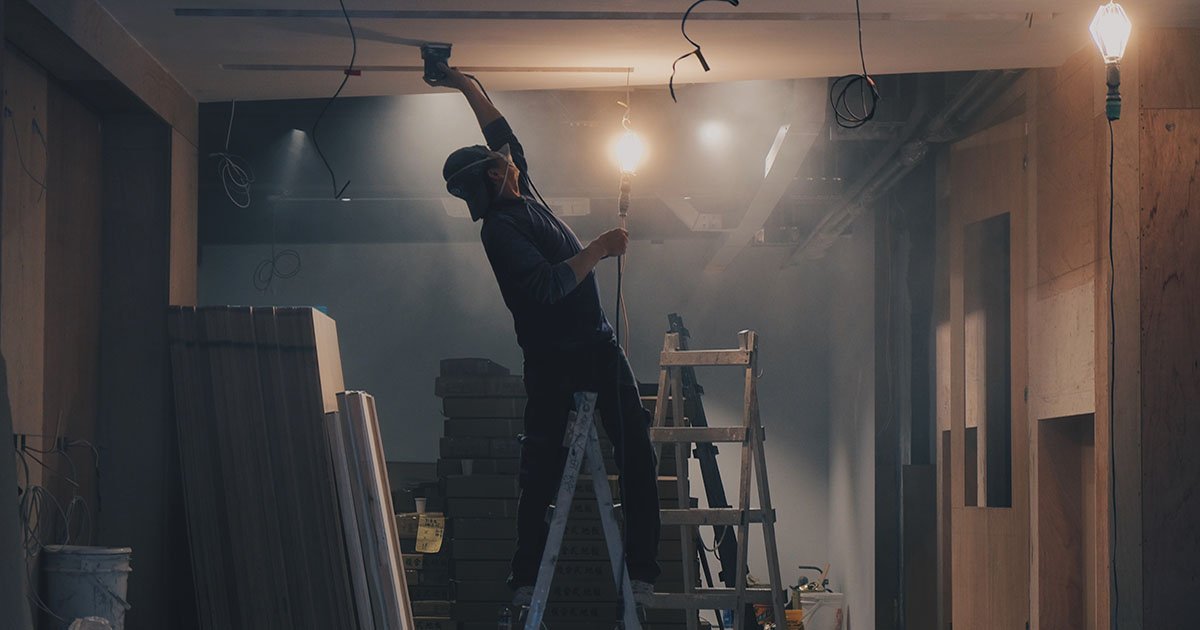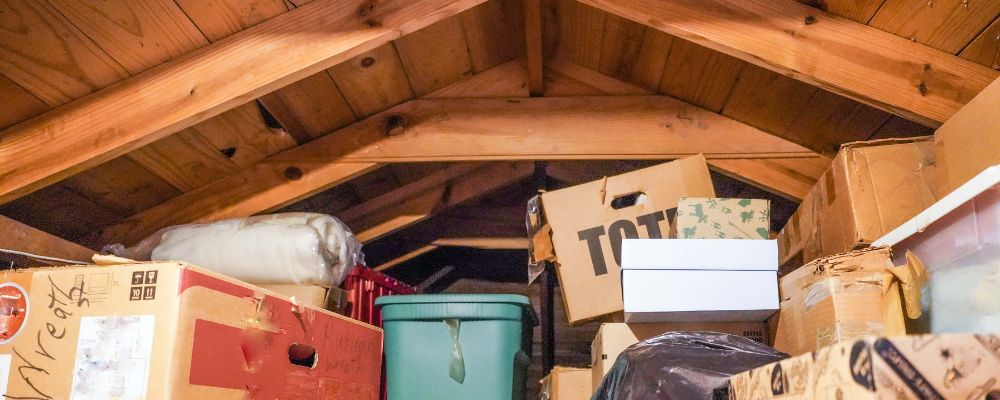Essential Tips for Downsizing Your House With a Family
Table of Contents
Usually, if you’re thinking about downsizing to a smaller house, something significant is prompting your decision.
- You might simply be looking for a different lifestyle and to spend time doing more of what you love together as a family, especially if your current house requires excessive cleaning or upkeep (who among us wants to scrub three bathrooms and vacuum 2,000 square feet of flooring each week?) Wasting precious time and money maintaining space you rarely if ever use is…well, a waste!
- Sometimes the decision is made for you. Money matters are obviously major reasons to downsize your house, and in many cases, a change in financial circumstances could be the motivating factor. In this case, downsizing can significantly cut your household bills and mortgage repayments (not to mention freeing up cash for a rainy day or a holiday fund).
- Maybe your relationship recently broke up and you have less need for all that extra space — downsizing to a smaller, more affordable house just makes sense you’re splitting one household into two.
- It could be as simple as the fact that you live far away from work and the daily grind of getting to and from the office has become too much to handle.
Even if you have a myriad of reasons why you want to downsize your family home, it’s bound to be a nerve-wracking endeavour, even under the best of circumstances. Compounding that, moving out of your home with kids in tow is quite the undertaking, especially if you’ve collectively developed a comfort level and deep emotional attachment to a home in which you’ve lived for years.
Plus, there are the practicalities to consider. While downsizing comes with its fair share of benefits, it’s understandable to feel overwhelmed at the thought of going through all of your belongings and having to start afresh in a smaller home.
Luckily, all you have to do is use these tips to make things go as smoothly as possible and keep the kiddos happy throughout the moving process:
1. Figure out how much space is really needed for the size of your family.
Look at buying a home to accommodate your family — not one that’s acting as a glorified storage unit for a collection of things that you haven’t used or set eyes on in years. Take a hard look at what is essential to you and your family’s quality of life to figure out exactly how much space you’ll really need.
That said, the last thing you want is to move to a house that’s just too small for you and your family’s living requirements. You’ll also want to strike the right balance between finding the right-sized place for both your present and long-term needs. While the issue of less storage space can be solved (more on that below), you’ll want to work out what’s non-negotiable to you, including the minimum number of bathrooms and bedrooms.
Here are some ways to ensure that your next home will be the perfect fit:
- Assess your current home. All the way down to each individual room. Make a note of how well each room fits your needs. Is there lots of empty space in some, and are others awkwardly laid out? Once you’re done, you should have a much better idea of where your current home is falling short in terms of the space you actually need. This will help you make better comparisons when evaluating your potential new homes.
- See how other similarly-sized families living in a smaller house than your current home make use of their space. If you have three kids and your friend also has three kids in a house that’s half of the size of your current home, that might give you a better sense of just how small you could realistically go if you wanted to. Of course, if their house feels claustrophobically small, that could go a long way in helping you identify your ideal home size before you start shopping around.
- What may feel like downsizing can be anything but — if you find a home with a great layout. Remember, there’s a difference between space and well-designed space. A well-thought out home interior can be a lot more functional and efficient to live in than a house with higher square footage overall. So make sure that you can tell the difference between a house that might look more spacious, versus one that makes more efficient use of space.
2. Determine the right time to start looking for your new home.
Once you’ve figured out your priorities and answered the questions below, then you’ll be a lot closer to making a final decision about downsizing, knowing if it’s the right time and whether it’s the right thing to do for you and your family:
- Can I afford to move right now? While you’ll likely save a good chunk of cash by downsizing in the long term, it’s important not to underestimate the cost involved. You’ll also need to assess whether you’re in a position to rent while house hunting if your place sells more quickly than anticipated.
- Is now the best time to sell? Timing can make a big difference in terms of selling your home quickly and for the most money. (For more on that, check out our blog post on the best time to sell your house.)
Other things to think about could be how close you are to paying off your current mortgage. If you’re just a couple of years off, it may make sense to stay put and downsize once you’re mortgage-free.
And, of course, if you’re in the middle of the school year, now might not be the best time to disrupt the kids’ routines.
- What is the availability of housing in the area I’m looking to move to? Consider the market where you’d like to buy — if new listings are down significantly compared to the same time period last year, buying and selling your house simultaneously might be difficult.
3. Assess whether your furniture can fit into a smaller living space.
This is your opportunity to replace a few pieces of outsized furniture with smaller versions that will fit the new space better. You can always recoup some of the costs by selling your old furniture pieces on marketplace sites like Gumtree or DoneDeal or keep them safe and out of the way in furniture storage units until you decide what you want to do.
4. Prepare your kids for the move.
It goes without saying that moving house is a confusing, unsettling time for kids, who are creatures of habit and routine. Each child is different — some will embrace the prospect of a big life change, some will need a bit of time to warm up to the idea, while others will need time to adjust at their own pace. There are quite a few things you can to help make the transition easier for your children, though, including:
- Telling them as soon as you can. Kids are already attuned to any changes in your behaviour so chances are they’ll have already subconsciously been tipped off that changes are coming down the pipeline. If you let them know as early as possible, you can give them enough time to get used to the idea and feel included in the entire process.
- Giving them as much detail as is appropriate for their age.
- Making downsizing and moving an adventure. Drive past the new house, get them familiar with shops and playgrounds in their new area, etc.
Downsizing can be exhausting, emotional, and may not always be happening for positive reasons. Avoid letting your little ones catch onto any negative feelings surrounding the move, though. If they get a sense that you’re unhappy or stressed, they may resist settling into the new place. Allowing yourself time for the move will reduce some of the urgency of cleaning, packing and moving.
5. Remember you need to pare down everyone’s stuff (but do it carefully).
You’d be surprised how much stuff you and your whole family can accumulate living in the same place for a number of years. Like we mentioned above, it’s worth starting by streamlining the bigger ticket items that can be costly to move — you might not be able to fit all of the same living or dining room furniture in your new space anyway.
Next, it’s time to delve into the nooks and crannies of your house where boxes of stuff seem to magically accumulate — the garden shed, garage, under-stairs storage, attic. When space is at a premium, these boxes cluttering things up are a big no-no.
While we’re not urging you to throw sentimental keepsakes (like old baby clothes, books or toys – things you might like to share with your kids or grandkids someday) you can easily start freeing up space by digitising old family photos, for example.
As tempting as it might be to do a massive cull of your kitchenware, clothing and knick-knacks, this is a step worth taking slowly. Otherwise, you might get rid of a few items during the downsize that you probably should have hung onto (or use seasonally) and will need to replace down the line. If you’re on the fence about what to keep or know what you’ll have a need for certain items at a later date, self storage could be a great option. You could follow the one-year rule here — whatever you don’t have a use for in the next twelve months can be given away at a later stage.
After all this hard work, you should have a good idea of what can be donated or tossed before you take the first step of putting your house up for sale. Once you’ve figured out the things you no longer need or use, chances are you’ll still be left with more stuff than you have room to store at your new home.
Again, don’t be tempted to start getting rid of these items if they still hold a use — you’d be amazed at how much you can fit into your new space if you implement more effective storage solutions (we’re talking floor-to-ceiling shelving, behind-the-door shoe storage, vertical clothes hangers, under-bed storage boxes — the list goes on!)
Plus, you’ll have that self-storage unit as a backup if things don’t end up fitting into your new home after all.
6. Get your house in good selling order.
You may already be familiar with some of the key elements of home staging, which include:
- Making sure your house is clean and free of clutter
- Taking care of any niggly repair jobs
- Painting the walls a neutral colour
There are a few other basic rules to follow when preparing your current house for sale, which we’ve covered in an earlier blog post:
Essential Tips to Get Your House Ready to Sell
7. Get started with packing.
Now for one of the most stressful and crucial phases when it comes downsizing your house — getting all packed up on time for moving day. To make the whole process of packing up your life more manageable, we’ve gathered some easy-to-follow packing guidelines in a separate blog post, which covers the moving supplies you’ll need and much more
Packing Tips That Will Make Your Move So Much Easier
8. Keep in mind that space will be at a premium in a smaller home.
So make sure everyone has their own designated space. Whether that’s assigning a certain drawer in a chest of drawers for siblings who are sharing a room for the first time or getting the whole gang their own designated storage bin for their toys, it’ll be a whole lot easier to avoid tripping over stuff everywhere with some clever storage organisation in place for each and every member of your family.
Downsizing your home with your family: You’ll get there in the end!
By being savvy about what to keep and what to get rid of, organisation and exploring alternative storage options throughout the downsizing process, you’ll end up feeling much better about the prospect of moving to your new clutter-free, lightened-up home. Good luck!
Table of Contents
Related Posts
- July 22, 2025|1 min read
- January 29, 2025|1 min read







